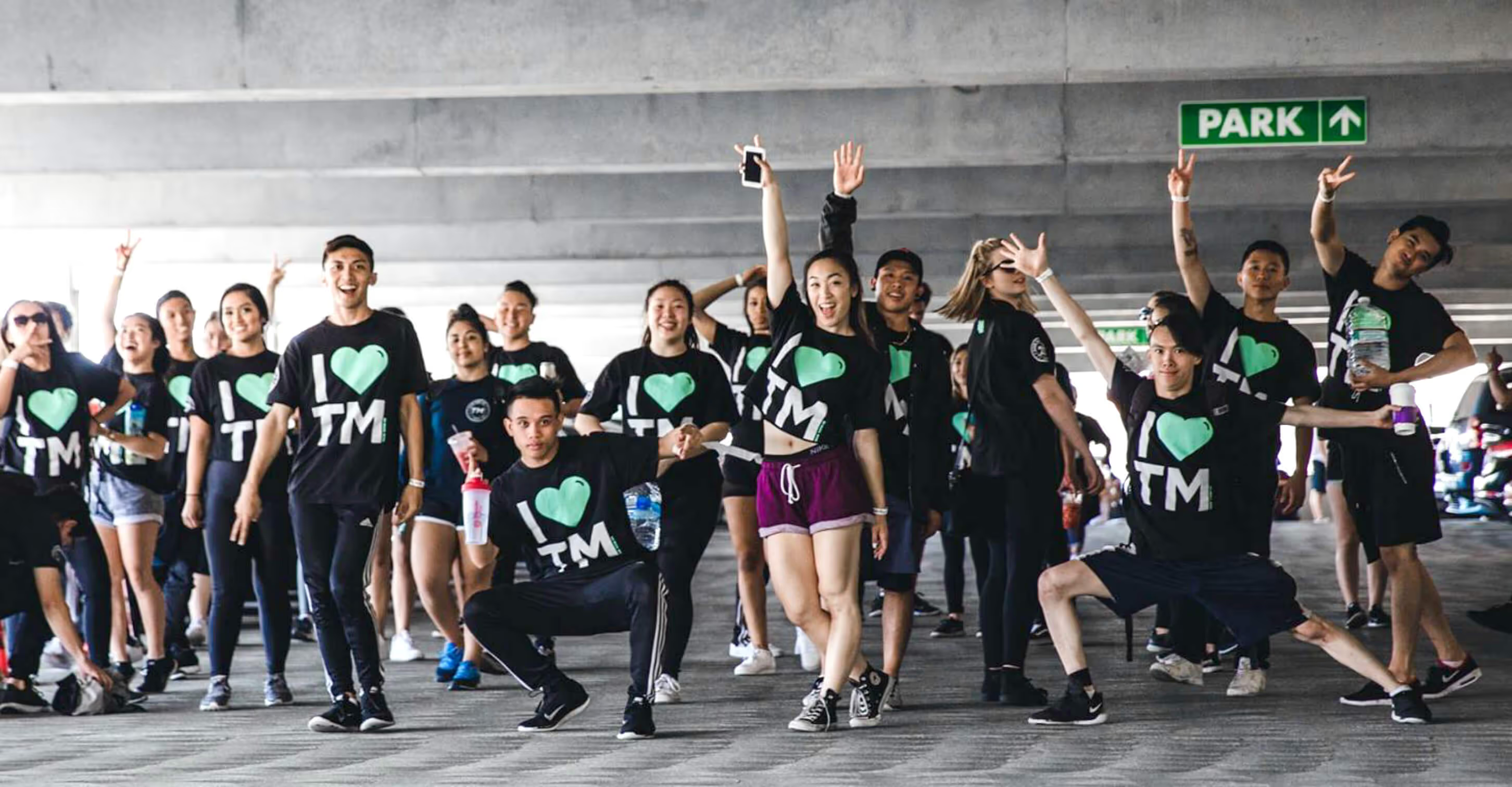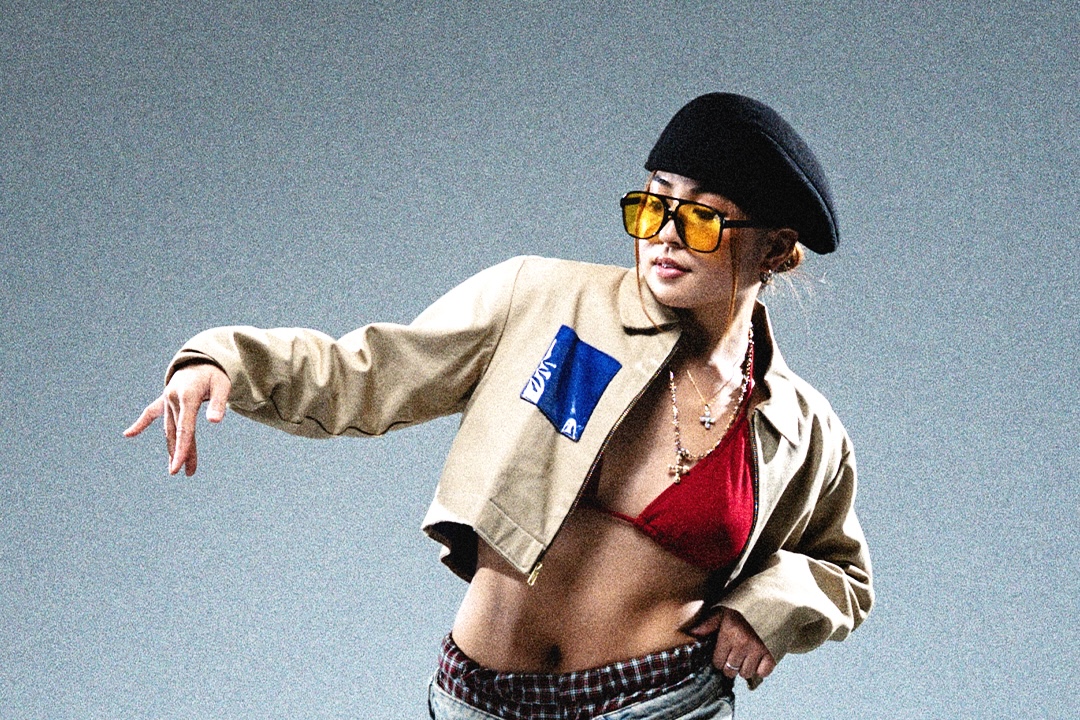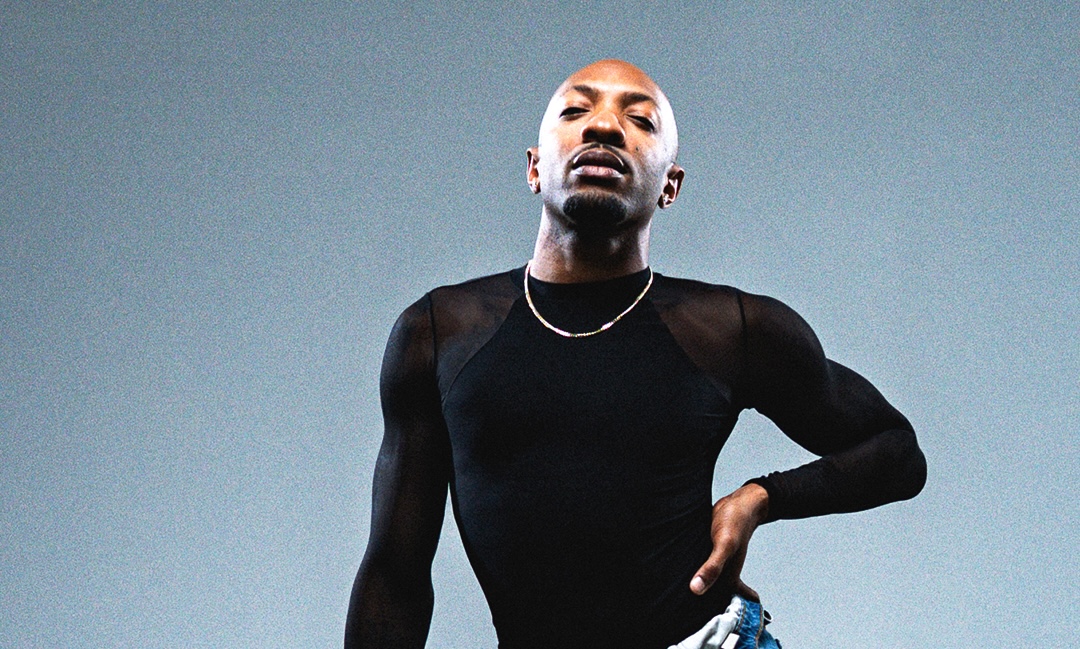We all love dancing – and we also love the dancers who share that love with us. It's important to form and keep nurturing those positive relationships that we form within our dance community.
Like these people! The 9 Best People In Any Dancer's Life
Here are some guidelines, principles, and even restrictions that can aid in these positive relationships!
Positive Relationships Between Directors And Dancers

1. Practice what you preach
Directors – make sure you walk the walk!If you encourage your team to take more class, then you yourself better be sweating your tushy off in class several times a week. All of us draw the most inspiration from those who live their words, so be about it first! Get more tips on How To Lead Your Team More Effectively!
2. Remember the individuals
Sometimes, leaders get so caught up in the set-making process, or the team as a whole, that they forget that the team is made of individual people. No, we don’t all need to be babied, but there is something more important than stage time, YouTube videos, and trophies. It's the team. The teammates. The people, you and I. Make sure each individual unit within the team is seen and recognized for their contributions.
3. Give kudos to your team members
A quick and casual “Hey, good job today!” or “You killed that! Keep it up!” can mean SO MUCH coming from someone you look up to. Be generous and sincere with your affirmations!
4. Outline a game plan for each rehearsal
Ultimately, rehearsal schedules are up to the directors, as are last-minute changes. But a rough outline or plan can do wonders for those who are desperate for even a small sense of autonomy. All of us make sacrifices for dance and we need to know that the time we hand over isn’t being carelessly allocated. As much as we believe in the leadership, when it comes to giving up sleep, school, work – there’s a lot more peace of mind in knowing at least a little rather than having complete blind trust. Just a hint is enough to reduce the anxiety ;)
5. Infect with good vibezzz~
All energy is infectious: Negativity. Passion. Gloom, fatigue, distress, pessimism…Your power to influence the mood of each rehearsal, of each dancer, is augmented simply by your position. We all have our personal lives. In times of hardship it can be difficult to “leave it at the door.” Just be aware of your dominant role in setting the vibe for the team, and hopefully the knowledge that so many people look up to and depend on you is enough to get you through the next few hours with a positive mindset.
6. Watch your mouth!
The way we communicate is so elaborate – everything from body language, tone of voice, eye contact, choice of phrasing, can greatly affect the way people understand and respond to each other. Be careful to never address the team in an accusatory or condescending tone. Use “We.” Start positive, deliver your message, and end positive. Be assertive, but not aggressive. Embody professionalism when addressing a larger group. Stay honest and transparent. How you say something is just as important as what you say!
7. Be transparent about artistic direction
Another cause of dissonance that I’ve experienced within a team came from our members not being “on the same page.” This can only happen if the purpose and artistic vision is clear and concise, meticulously and thoroughly planned out. The way you present your ideas can do a lot to influence that. Prepare how you want to present your plans with the rest of the leadership board. Make a fricking PowerPoint presentation if you have to! Do whatever it takes to clearly and concisely communicate to the team what you want and how to get there.
8. Establish and emulate your mission statement
The more you know your purpose, and the more you believe in it, the easier it is to create a sense of unity and intrinsic motivation to work for the same goal. You cannot make someone do something – you can only make them want to do something.Instilling a sense of commitment is going to make each member of the team work their best for it – without you even having to ask. Learn how to craft a mission statement with the help of two dance community pioneers! See: Dance Leadership Tools From Anna Sarao & Arnel Calvario
9. Be both a leader and a friend
I’ve heard many stories about teammates who became directors and things turned weird, leaders who were too casual, leaders who were too stern, and on and on. This will come naturally the more you feel connected with individual team members, and with your mission as their director. It’s not a matter of “Can you be both?” it’s that you ARE both. Don't think too much. Be yourself.
10. Have fun!!
Cheesy, but perhaps the most important thing to keep in mind. No matter how stressful and overwhelming it can get, you are in a prominent and enviable position as a leader of a dance team. And dancing is fun! So much fun! Don’t lose sight of that!
Positive Relationships Between Dancers And Directors

1. Respect your leaders
Leaders are doing a “good job” when things are looking easy. When they can run rehearsals and create medleys “effortlessly.” Even though the team isn’t going to see all the work the leaders put in, there should also be an inherent understanding FROM the team that all that work IS put in, whether we see it or not. The truth behind What It's Really Like To Be The Captain Of A Dance Team, revealed.
So, teammates all over the world- THERE IS AN UNTHINKABLE AMOUNT OF SWEAT AND BLOOD AND TEARS BEING SHED FOR Y’ALL! AND JUST AS YOU ARE AN IMPERFECT HUMAN BEING, SO ARE THEY, BUT THEY CONTINUE TO GIVE AND GIVE. SO HOLD YOUR TONGUE AND DISPARAGEMENT. RESPECT YOUR LEADERS FOR ALL THAT THEY DO, EVEN THOUGH YOU WILL NEVER KNOW ALL THAT THEY DO. *heavy panting*
2. Ask for help
Whenever I approached my directors for advice on my dance-path, or ask the choreographer of a piece to watch me and give me notes, or even work out payment and rehearsal schedules.. and they were always happy to help. Don’t be intimidated! After all, their role as a leader is to guide you. And chances are, these simple things can help THEM feel more personally connected as a leader figure as well.
3. If you have an issue, bring it up
There will always be areas of opportunity for the leadership to grow in. But this should NEVER be a topic of gossip or sh*t talking. If you’re truly aiming to improve things, why not go to the source? Why not do something about your discontent rather than just complain? E-mail, text, or just talk to someone. Transparency and honesty is central to treating anyone with respect.
4. Give kudos too
We all crave to be recognized and appreciated...Leaders are in a funny spot where they are most likely some of the hardest-working and vulnerable people on the team, yet they get the least amount of appreciation. Because "it’s their job." Because "they don t need it."...No no no!Being a leader can be very lonely because everyone assumes these things.
Trust me, it will MAKE THEIR DAY if you offered a simple “I loved your piece!” or “Your blocking looks amazing” or “I know you’re tired but look how far we’ve come, thank you so much." Let them know everything they’re doing is worth it. Let them now you’re grateful. They deserve it. And sometimes, they need it.
Positive Relationships Between All Dancers

1. Support each other.
Cheering each other on, sharing their videos, giving compliments, advertising and attending their classes and workshops…Being a good teammate goes beyond doing the same choreography next to someone. It’s about having their backs.Give selflessly and receive thankfully.
2. Hang out outside of dance
Yes, you both like to dance. Yes, you wear matching hoodies. But there is more to people than a single dimension, and I bet you can find so much else in common with a teammate. This will forge a more meaningful friendship – one that extends beyond the studio. See how to create bigger, stronger Networks In The Dance Community. The more a team is interconnected, the more chemistry each dancer has with each other, the stronger they are as a unit. And in turn, the more rewarding dance will become to everyone.
3. Give constructive criticism
If you don’t, who will? You probably know them as a dancer/ choreographer best, and are close enough with them for them to not take offense at your tough love. If you can help someone grow with some notes, don’t be scared! Almost certainly, they will use and appreciate it.
4. Know your history.
You absolutely have to know where you come from to know where you’re going. Talk about your origins, the journey that led up to where the team or community is now. Keep in touch with alumni. Utilize them as resources. Encourage new members to embrace the family they are a part of, cognizant that it is built on foundation laid forth by all those who came before them. The deeper the roots, the higher a tree can grow.Brush up on The Evolution Of Our Global Dance Community.
We all love dancing, and we love dancing with each other, so we should try our best to be mindful of each others' feelings in order to make our connections more meaningful, and our community stronger. What else do you think is important to keep in mind as a dancer?
Leave a comment below to share!A great way to get to know dancers from different communities all over the world is by joining STEEZY Studio. Our members share tips on choreography, freestyle, and yes – dancer relationships! Sign up today to start connecting! This article was originally published on July 14, 2014.










